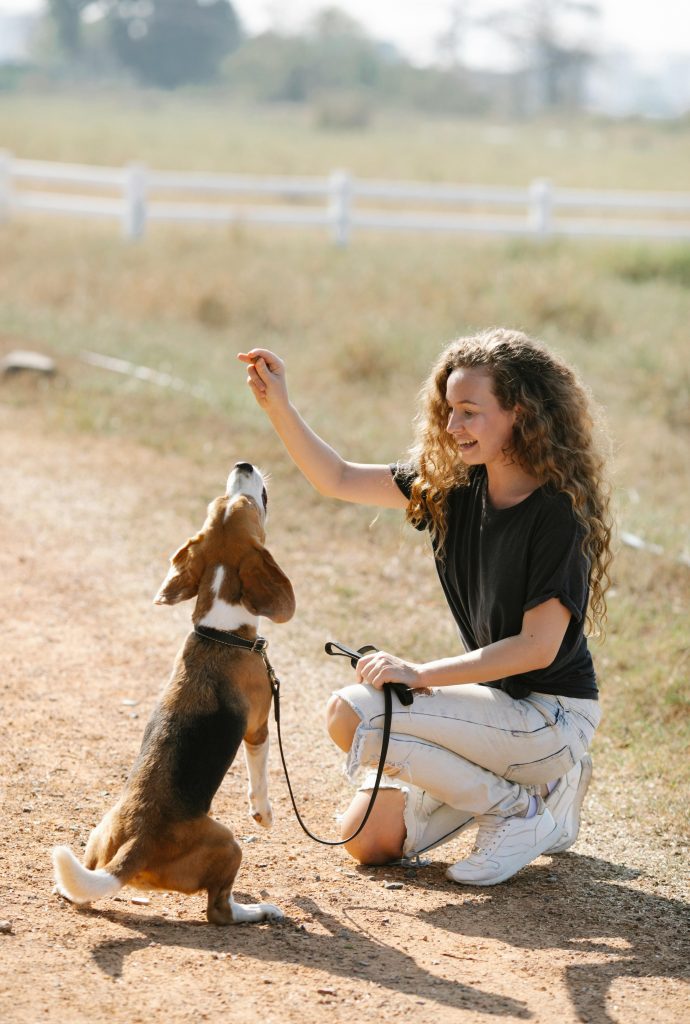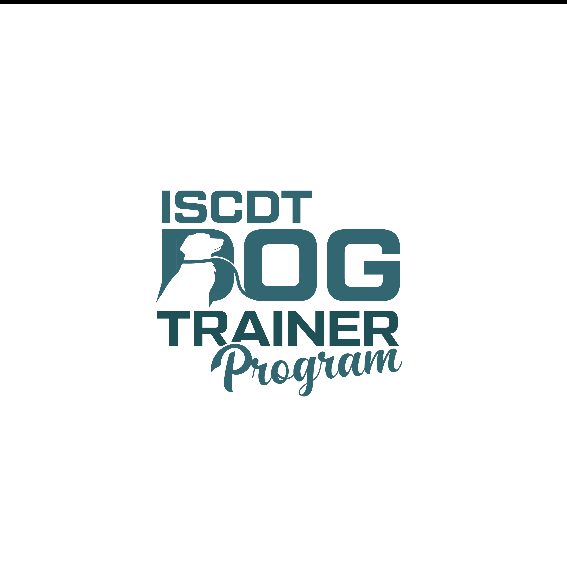
In our previous blog, we discussed the importance of building confidence in dog training and how our body language and tone play a significant role in achieving success. In this blog we will discuss the importance of clear communication in dog training that you should teach your human client.
it is equally important to ensure that our human clients are also confident dog trainers, as this helps them continue to find success long after our lessons have concluded.
When teaching clients to train their dogs, it’s crucial to emphasize the importance of clear communication. Giving commands to a dog as if asking a question can be problematic for several reasons.
Impact on Authority and Confusion in Communication
Dogs instinctively look for confident and assertive leadership from their handlers. When commands are presented as questions, it diminishes the handler’s authority and may convey hesitation or uncertainty. This can undermine the dog’s trust and respect for the handler’s guidance.
They also rely on clear and consistent communication in order to understand commands. When commands are phrased as questions (e.g., “Sit?”), it introduces uncertainty about whether the handler is giving a command or seeking confirmation from the dog. While dogs do not understand language such as “can” and “will” as questions, your tone and insecurity when using those phrases will cause confusion.
Ambiguity in Expectations and Decreased Responsiveness
Phrasing commands as questions can blur the distinction between a command and a request. Dogs may interpret this ambiguity as an option rather than an instruction, leading to inconsistent responses and confusion about what is expected of them. This is especially true when we do not follow up with the cue when the dog ignores us.
Phrasing commands as questions may lead to reduced responsiveness or delayed reactions from the dog, as they may not perceive the urgency or importance of the command. A reduced responsiveness from the dog could be the difference between life and death in serious situations.
Training Consistency
Dogs respond more reliably to commands that are delivered with clarity and confidence. Consistency is key to effective training.
When commands are consistently delivered with a clear and assertive tone, dogs learn to associate specific actions with predictable outcomes. This is the reason for perfect timing when marking behavior.
Phrasing commands as questions and improperly marking the behavior on time introduces variability that can disrupt this learning process and hinder training progress.
Tips for Effective Command Delivery:
Use a clear and assertive tone: Deliver commands in a clear, and assertive tone to convey expectation.
Maintain that consistent tone and volume when giving commands. A calm, firm voice is usually most effective. Avoid using a questioning or an unsure tone, which can make commands sound optional.
Avoid Ambiguous Language: Phrase commands as direct statements rather than questions to eliminate confusion and maintain consistency in communication.
Stick to one-word commands that are simple and distinct, like “sit,” “stay,” “come,” and “no.” Avoid using different words or phrases for the same command, as this can confuse the dog.
Avoid Unnecessary Words: Keep commands short and direct. Extra words or sentences can dilute the message and confuse the dog. For example, instead of saying, “Could you please sit down now?” simply say, “Sit”.
Practice and Reinforce: Consistently reinforce desired behaviors with positive reinforcement to strengthen the association between commands and actions.
Reward desired behaviors immediately and consistently. Use clear markers like a clicker or a specific word like “yes” to indicate the exact moment the dog performed the correct action.
Avoid Repetition Without Action: Repeating a command multiple times without ensuring the dog follows through can teach the dog that the command is optional. If the dog does not respond, guide them to complete the action after the first command.
Body Language Matters: Ensure your body language aligns with your commands. Dogs rely heavily on visual cues, so your posture, gestures, and facial expressions should support the verbal command.
Practice Consistency Across All Trainers: Ensure that everyone involved in training the dog uses the same commands, tone and body language. Inconsistent training from different people can confuse the dog. This includes tone, body language, using consistent language, marking and rewarding behavior.
Additional Tip:
If you or your client continue to struggle, remember to start training in a quiet, distraction-free environment. Once the dog understands the commands, gradually introduce distractions to ensure they can respond correctly in various situations.
Conclusion
By maintaining clear and assertive communication during training sessions, handlers can enhance their effectiveness in guiding their dogs and achieving desired training outcomes.

Want to learn more about training dogs? ISCDT – Dog Trainer Program will transform you from a dog training enthusiast to a professional dog trainer. Visit ISCDT.com to learn more.
